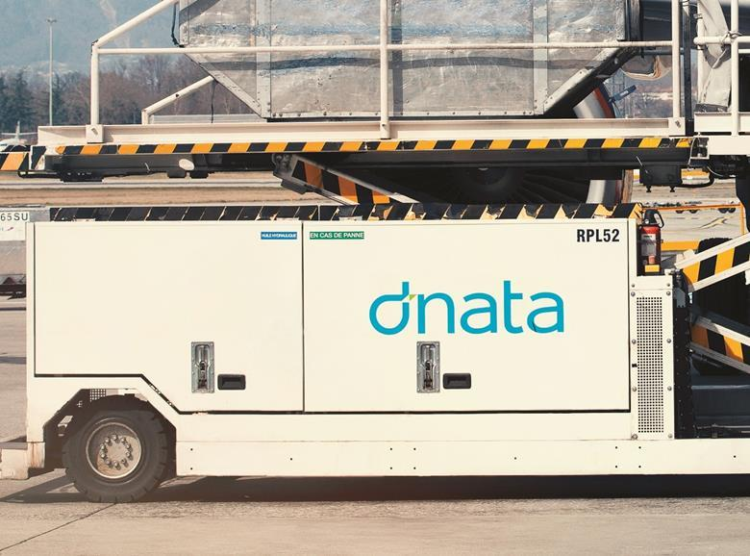Amsterdam Schiphol Airport remains one of Europe’s busiest freight gateways, handling more than 1.6m tonnes of cargo annually and serving as a vital transhipment hub for global trade. Competition among ground handlers is intense, with efficiency, reliability, and technological capability defining market leadership. Against this backdrop, dnata’s opening of its new Cargo City Amsterdam facility in July marked a major strategic investment aimed at strengthening its position in the Dutch cargo handling sector.
The state-of-the-art terminal, located within Schiphol’s South-East cargo area, is designed to process over 850,000 tonnes of freight per year. It integrates next-generation handling systems, including automated storage and retrieval systems (ASRS), automated guided vehicles (AGVs) for flexible unit load device (ULD) movements, 3D scanning smart gates, and a centralised Cargo Control Centre that offers real-time operational visibility. The infrastructure promises faster throughput, improved accuracy, and greater scalability — critical capabilities as cargo flows become increasingly complex.
Transition Meets Demand Spike
However, as dnata transitions operations from its previous Schiphol facility to the new terminal, the company has faced “significant” operational challenges. The move-in period has coincided with an unexpected spike in import volumes, creating congestion, longer processing times, and service disruptions during the crucial early operational phase.
A dnata spokesperson acknowledged the pressures, stating:
“We are currently managing some significant challenges during the transition to our new Amsterdam Schiphol cargo facility, which have unfortunately resulted in service disruptions. We are working closely with our partners to address these as a priority, deploying additional staff from our international network, enhancing systems and processes, and ensuring we reach full operational capacity as quickly and efficiently as possible.”
Industry-Wide Mitigation Measures
To alleviate congestion, dnata and its airline partners have implemented temporary capacity relief measures. Singapore Airlines has redirected certain import shipments to Swissport, while Air Cargo Netherlands (ACN) has convened a series of stakeholder meetings to identify short-term solutions, including temporary diversions of specific cargo flows to other handlers within Schiphol.
Customs authorities have participated in these discussions, as regulatory approval is required for any cargo flow changes. ACN stressed that these measures are vital to prevent freight from being routed to competing airports in neighbouring countries.
Balancing Short-Term Strain with Long-Term Gains
While the operational challenges have drawn attention, dnata emphasises that they are temporary and part of a normal bedding-in process for a facility of this scale and complexity. Once stabilised, Cargo City Amsterdam will offer end-to-end digitalised control over shipments, including full air waybill management and optimised warehouse movements guided by advanced forklift navigation systems.
The hub’s design also incorporates flexibility for future automation upgrades and process enhancements, enabling dnata to respond swiftly to changes in cargo market dynamics. By combining technology-driven efficiency with a central strategic location, dnata aims to position the facility as one of the most advanced and reliable cargo handling centres in the region.
For now, the focus remains on restoring service performance, clearing backlogs, and reassuring customers that the short-term strain will yield long-term operational gains. If the facility’s design delivers as intended, dnata could emerge from this start-up phase with a stronger competitive foothold in the highly contested Schiphol cargo handling market.





